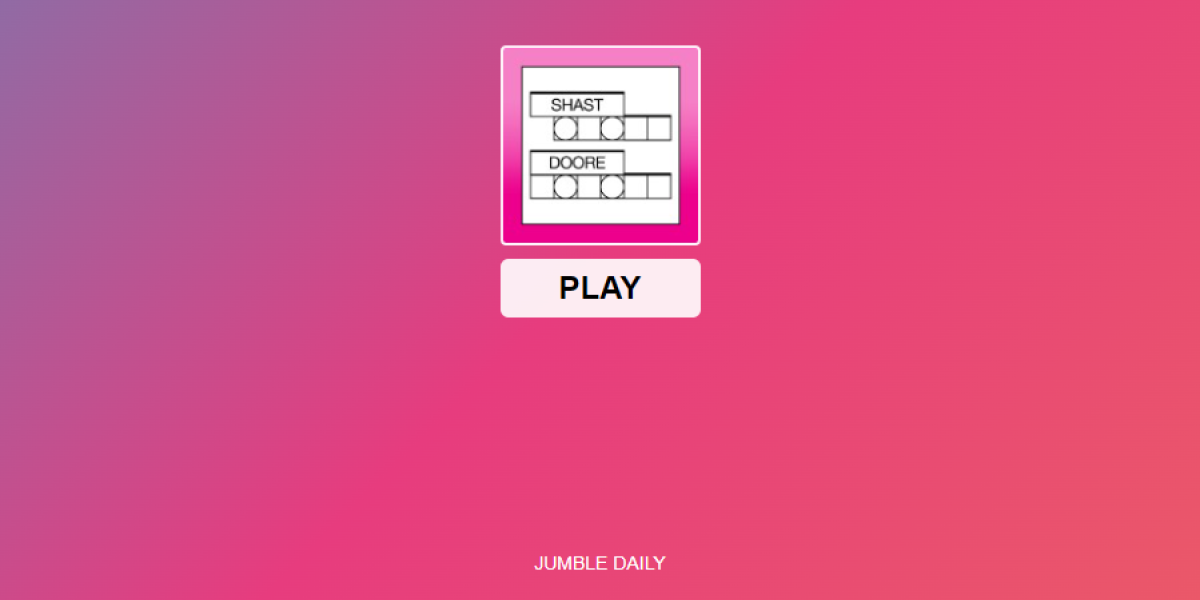Competitive Smash 4 is getting a significant boost after one of its more “noob-friendly” mechanics has been replaced with a much less forgiving system.
The controversial and much-maligned “vectoring” mechanic that kept players from dying too easily and effectively nullified the potential for mid-air combos has been removed in Nintendo’s latest patch to their still-young title. In its place, Nintendo has reinstated the popular Directional Influence system enjoyed by Super Smash Bros. Melee players for some time. The change is a welcome modification to a game whose online play and dynamic new characters offer considerable new potential for a storied competitive scene.
One wouldn’t expect a game about cartoon characters bashing one another with giant hammers to carry a great deal of subtlety. But the subtlety and nuance of Directional Influence, or “DI”, are precisely what has kept Super Smash Bros. Melee interesting on a competitive level over a decade after its release.
In simple terms, DI is the player’s ability to alter their trajectory after taking a hit in order to maximize their chances of survival. Holding the control stick in a particular direction immediately after taking a hit allows players to alter their flight path in a favorable way and make the best of a bad situation.
Because Smash stages possess a rectangular shape, survival generally depends on angling your character toward the top corner; the farthest point between your character and the border of the stage where death awaits.
Of course, if you’re trying to knock your opponent off the stage, your best bet is to hit them upward. This helps ensure that they will reach the border of the stage before their momentum slows and they escape their fate alive.
This is where things get a bit technical. If the shortest distance between your opponent and certain doom is upward, then hitting them upward in mid-air, when they are even closer to the top of the stage, is your best bet for success.
And therein lies the Smash community’s biggest issue with vectoring. Unlike DI, which allows players to alter their trajectory in subtle but effective ways, vectoring allowed players to simply hold down on the control stick, preventing death at higher percentages than normal and keeping players “stuck” to the stage. The latter in particular kept players from stringing together the sort of high-risk, high-reward combos that continue to captivate Melee fans to this day.
This “sticky” gameplay is often cited as the problem with Super Smash Bros. Brawl, where players are so hard to defeat that games become defensive and, many argue,boring. Players who feared the same fate for Smash 4 even went so far as to create online petitions to prevent the game from falling to the same fate as Brawl.
With the ink on vectoring’s obituary now drying, it’s hard to find anyone mourning its demise. A redditor commenting on the news may have put it best: “R.I.P Vectoring, September 2014 – November 2014. May you live on in our hearts, 20 percent longer than you should have.”






Published: Nov 20, 2014 02:15 pm